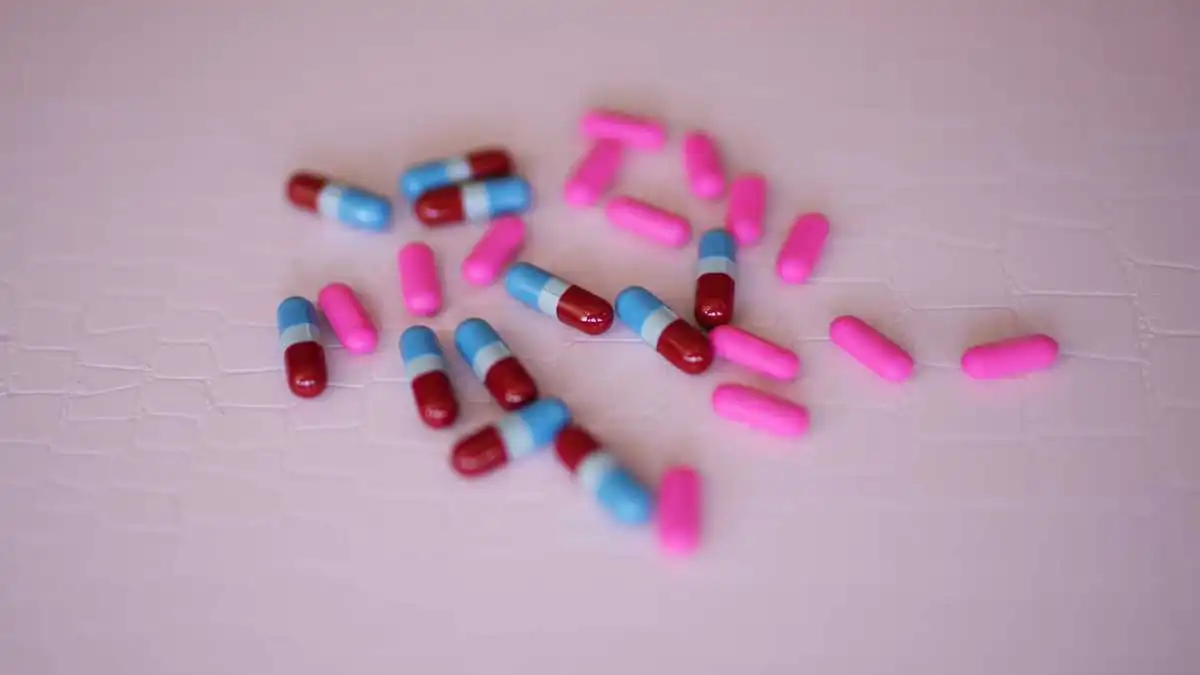HEALTH AND FITNESS
Why Did the FDA Warn About the Use of Buprenorphine Medicines?

The American Food and Drug Administration (FDA) has issued cautions about buprenorphine, a drug that is frequently used to treat opiate addiction. These warnings have raised concerns about the drug among users.
The use of buprenorphine medications has been the basis for helping clients manage opiate dependence and withdrawal. According to the Centers for Disease Control and Prevention (CDC), there were 4.8 buprenorphine prescriptions given per 100 persons in 2022.
Based on the population estimates, around 16 million prescriptions for buprenorphine were given by doctors. West Virginia (27.2) and Vermont (25.5) had the most prescriptions, while Iowa (1.3) and Texas (1.4) had the least.
The FDA’s move to publish these warnings draws attention to possible hazards that consumers and medical professionals should be aware of. In this article, we will look at the reasons behind these warnings and what customers can do about the situation.
Association With Dental Risks
Buprenorphine is an FDA-approved drug for treating opioid addiction and is not even misused. According to a watchdog investigation, less than 1% of Medicare beneficiaries abuse buprenorphine. Despite being such a useful tool in the nation’s fight against opioids and its low misuse tendency, why are there warnings about its use?
Well, it’s because of its strong association with dental risks. According to TorHoerman Law, patients who use buprenorphine, especially when it comes in sublingual forms, have complained of serious dental problems such as:
- Cavities
- Tooth rot
- Loss of teeth
- Gum disease
- Tooth sensitivity
- Oral ulcers and lesions, etc.
Dental problems related to this medicine can have a major negative influence on a person’s life, compromising their general well-being, self-esteem, and health.
Therefore, the FDA released some warnings about buprenorphine’s connection with dental problems. However, the agency also stated that despite the risks, it is an important treatment option for opioid use disorder (OUD). In fact, the benefits clearly outweigh the risks associated with the medicine.
The medications will continue to be available on the market, but there will be some changes in the labeling. The FDA requires that all prescriptions and medication guides need to have information about these issues. This is an attempt to educate patients about the risks before they start their medication. Since it is important for OUD treatment, it is advised that you don’t discontinue buprenorphine without a doctor’s consultation.
On the other hand, if you have already been diagnosed with dental conditions due to the use of medicines, you can sue the manufacturer. In fact, many individuals have already filed lawsuits against popular brands like Suboxone.
Buprenorphine is sold under the brand name Suboxone, and affected individuals have sued the company for not warning them about dental health problems. Currently, there are around 674 pending Suboxone tooth decay lawsuits against the company. The plaintiffs allege that even with good dental care, Suboxone users have faced substantial tooth problems.
If you are facing any such dental health problem, you can also file a Suboxone tooth decay lawsuit to get fair compensation. The settlement amount you receive for this lawsuit will depend on the severity and longevity of the problem. However, it is important to have strong evidence to establish that your dental condition resulted from Suboxone use.
Risks of Respiratory Depression
Although the FDA has not particularly warned about this, there are also concerns regarding respiratory depression. It is a potentially fatal illness in which breathing becomes dangerously sluggish or ceases entirely.
Compared to other opioids, buprenorphine has a decreased risk of respiratory depression. Nevertheless, when coupled with other medications, especially alcohol or benzodiazepines, this risk increases. Individuals who abuse opioids frequently also abuse other substances, which increases their likelihood of developing this problem.
According to an NCBI study, one such lethal combination that might cause respiratory depression is buprenorphine and naloxone. Guidelines thus recommend keeping certain combinations out of children’s reach. The aforementioned combination may result in angioedema and anaphylaxis.
Challenges with Formulation and Dosing
The different doses and types of buprenorphine that are sold have also drawn attention from the FDA. The drug is offered in a number of forms, including films, sublingual tablets, and injections with prolonged release. Every formulation has a unique set of difficulties, particularly in assuring appropriate usage.
One of the choices for subcutaneous administration of extended-release injections is Brixadi. It can be useful in treating mild OUD. The monthly dosages available are 64, 96, and 128 mg, and the weekly doses are 8, 16, 24, and 32 mg.
Patients who alternate between formulations might not be aware of the dosage variations, which could result in inadvertent overuse. For example, a patient may take too much or too little of the medication if they transition from a tablet to a film. Healthcare professionals are encouraged by the FDA’s caution to thoroughly explain these distinctions and keep a close eye on any modifications to treatment regimens.
Frequently Asked Questions
Is buprenorphine banned?
No, buprenorphine is not banned, but it is a strictly prescription medicine. This means that selling or buying it without a valid doctor’s prescription is illegal.
What to avoid when taking buprenorphine?
When using buprenorphine, avoid taking any pain relievers that include codeine, such as co-codamol or a combination of ibuprofen and codeine. If you take any of these while taking buprenorphine, your chances of experiencing negative effects increase.
Can you sleep on buprenorphine?
Buprenorphine is known to disrupt sleep cycles because of decreased adenosine levels. This adenosine level reduction in basal forebrain and pontine reticular formation is similar to that of sleep-regulating brain regions.
The FDA’s cautions concerning buprenorphine are a response to rising worries about abuse, the possibility of overdosing, and the requirement for close observation. Although buprenorphine is still a significant weapon in the battle against opiate addiction, it must be used with caution. The main way to reduce the dangers connected with this medicine is to make sure patients are properly instructed in its usage.
-

 BIOGRAPHY7 months ago
BIOGRAPHY7 months agoBehind the Scenes with Sandra Orlow: An Exclusive Interview
-

 HOME1 year ago
HOME1 year agoDiscovering Insights: A Deep Dive into the //vital-mag.net blog
-

 HOME1 year ago
HOME1 year agoSifangds in Action: Real-Life Applications and Success Stories
-

 BIOGRAPHY1 year ago
BIOGRAPHY1 year agoThe Woman Behind the Comedian: Meet Andrew Santino Wife




























